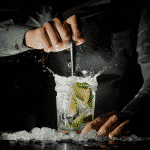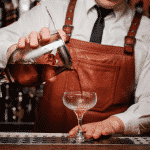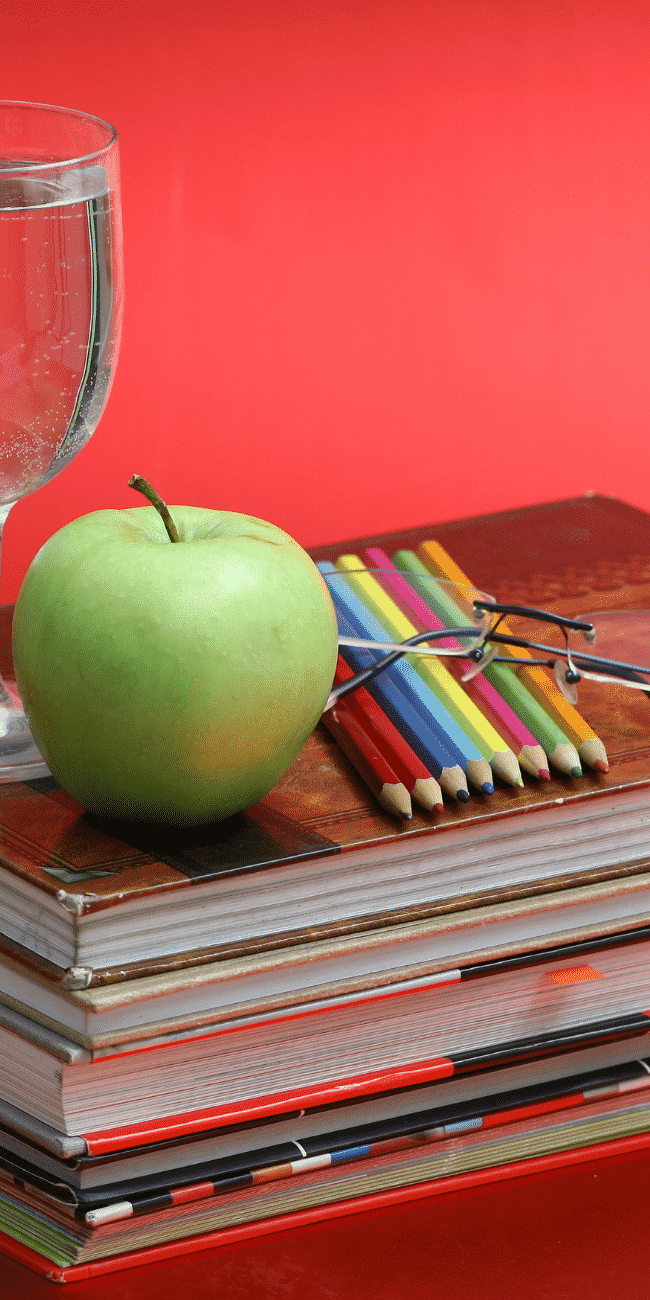PRODUCTION
Gin as come a long way since being made in bathtubs, so next time you are sipping on your Gin and Tonic outside in the sunshine then spare a thought for how that drink was made. There are several different ways of making Gin. In all these ways, the gin producer has to buy the neutral alcohol base from an outside supplier. If it is a grain spirit, it is usually from wheat or barley, however, the neutral spirit can come from any source.
Cold Compounding
This is the process used in making cheaper (supermarket) gins rather than distilled gins. A neutral spirit is used as a base to which oils and flavour essences are added to give the notes of juniper and other botanicals. The flavours are not ‘fixed’ into the spirit and are therefore lost very easily once the bottle is opened. This process makes a gin often referred to as ‘bath-tub’ gin.
Distilled Gin
The aim of making a gin is to extract the essence of the botanicals into the spirit and then reduce its abv with water before bottling. Different gin producers will use different botanical recipes and methods of infusion but they will use one of the following methods:
One-Shot Method – With the one-shot method, juniper and the other botanicals are macerated in the neutral spirit and water according to the distillers’ recipe. This maceration my go on for up to 48 hours. The botanicals are strained off and the spirit is poured into the still. The distillation occurs in a copper pot still. Some producers will distil with the botanicals in the still to further fix the flavours in the gin. Water is then added to the gin before bottling.
Two-Shot Method – This is a quicker method and saves on still usage (therefore more economically viable). In this method, a much stronger mix of botanicals is used in the maceration and distillation process. This is used as a concentrate and mixed with neutral spirit alcohol to increase the final volume. Water is then added to the gin before bottling. The main brand using this method today is Gordon’s Gin.
Vapour Infusion Method – With this technique, the botanicals are not macerated with the neutral spirit. They are placed in a basket or cage in the neck of the still. The alcohol vapours pass over them during distillation and pick up the flavours for the gin. The main brands using this method today is Bombay Sapphire and Hendricks (the Carter head Still).
WHAT IS OLD TOM GIN?
Old Tom Gin (or Tom Gin or Old Tom) is a lightly sweetened Gin popular in 18th-century England that now is rarely available. It is slightly sweeter than London Dry, but slightly drier than original gin
The name “Old Tom Gin” purportedly came from wooden plaques shaped like a black cat (an “Old Tom”) mounted on the outside wall of some pubs above a public walkway in the 1700s England. After a pedestrian deposited a penny in the cat’s mouth, they would place their lips around a small tube between the cat’s paws. From the tube would come a shot of Gin, poured there by the bartender inside the pub.
Old Tom Gin was formerly made under licence by a variety of distillers around the world; however one was recently re-launched by Hayman’s distillery based on an original recipe. The first written record of Old Tom Gin being used in the Tom Collins cocktail was the 1891 book, The Flowing Bowl: When and what to drink by William Schmidt.













Anil chaudhary
thaks for the for the post. it helpful for bhm student.